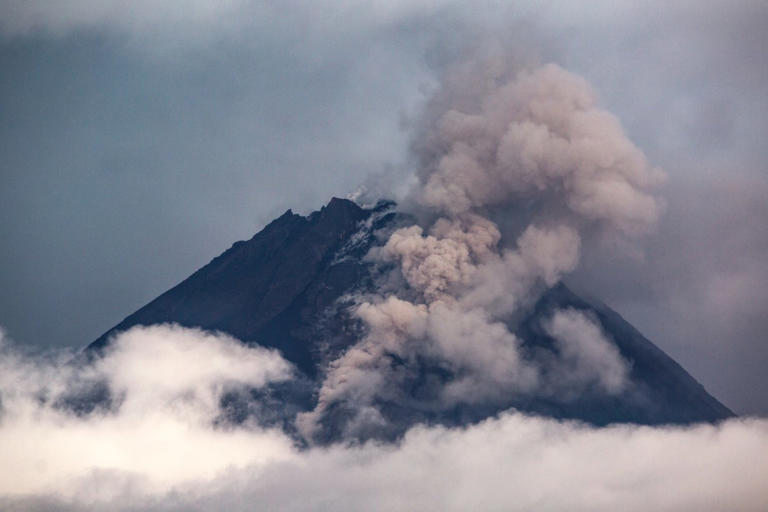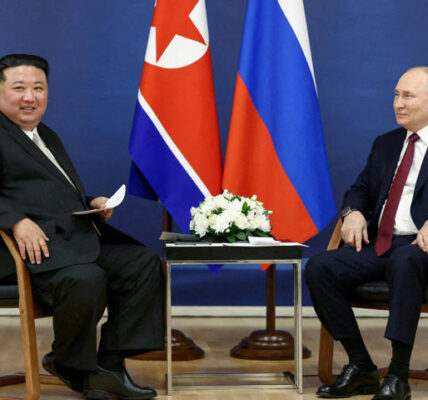Nepal Everest Climbing Rule Change will now require climbers to summit a 7,000-metre peak in Nepal before receiving a permit to climb Mount Everest, in a move aimed at improving safety and reducing overcrowding.

Nepal Everest Climbing Rule Change Targets Safety and Overcrowding
Nepal Everest Climbing Rule Change is making headlines around the world. The country has announced a major shift in how it will issue climbing permits for Mount Everest.
This move comes in response to growing concerns about overcrowding, inexperienced climbers, and increasing risks on the world’s tallest mountain. Nepal, home to eight of the world’s 14 highest peaks, relies heavily on mountain tourism, but officials say it’s time to prioritise safety and the environment.
Why the Nepal Everest Climbing Rule Change Matters
Every year, hundreds of climbers from around the globe travel to Nepal to attempt the 8,848.86-metre (29,031.7 feet) ascent of Mount Everest. But in recent years, long lines in the dangerous “death zone” near the summit have sparked alarm. This area has extremely low oxygen levels and delays can be deadly.
The Nepal Everest Climbing Rule Change aims to reduce the number of inexperienced climbers who pose risks to themselves and others. By requiring climbers to first prove they’ve successfully climbed a 7,000-metre peak in Nepal, officials hope to ensure that only those with real high-altitude experience attempt Everest.
Overcrowding and Environmental Damage on Everest
Nepal has often been criticised for issuing too many Everest permits in a bid to boost tourism income. The current system has led to severe overcrowding, especially during peak summit windows in May. Images of climbers waiting in long queues near the summit have shocked many around the world.
Along with safety concerns, there’s also an environmental cost. More climbers mean more trash, human waste, and pollution on the mountain. Rescue missions at high altitudes are dangerous and expensive. The Nepal Everest Climbing Rule Change is being seen as a step towards preserving the fragile mountain ecosystem.
New Requirements Under the Nepal Everest Climbing Rule Change
The proposed law, part of the Integrated Tourism Bill, includes several key changes:
-
Climbers must submit a certificate proving they have climbed a 7,000-metre peak in Nepal.
-
Medical check-ups from a government-approved hospital are now mandatory and must be completed within one month of the permit application.
-
Paid permits will no longer be transferable to others.
-
If an expedition is cancelled due to natural disasters, war, or other uncontrollable events, the permit will remain valid for two years—but no refunds will be issued.
In addition, the Nepal Everest Climbing Rule Change requires that the main expedition leader (known as the sardar) and the guide must be Nepali citizens.
Permit Fee Hike Alongside Nepal Everest Climbing Rule Change
Alongside these new restrictions, Nepal has also raised the cost of climbing Everest for the first time in nearly a decade. The permit fee has gone up by 36%, from £8,249 to £11,248. Despite this increase, demand for permits remains high. For the 2025 climbing season, which began in April, Nepal has already issued 402 permits—and this number is expected to go over 500.
Mixed Reactions to Nepal Everest Climbing Rule Change
Not everyone is happy about the Nepal Everest Climbing Rule Change. Some international expedition organisers believe the new rules are too restrictive. They argue that climbers should also be allowed to qualify using high-altitude climbs from other countries.
Lukas Furtenbach, who leads Austria-based Furtenbach Adventures and is currently guiding a group on Everest, said:
“It doesn’t make sense to allow only 7,000-metre climbs in Nepal. Mountains like Aconcagua, Denali, and Ama Dablam (though technically under 7,000m) are widely used for training.”
He also pointed out that Nepal doesn’t currently have enough experienced mountain guides to meet the demand. According to Furtenbach, climbers should be able to bring guides certified by the International Federation of Mountain Guides Associations (IFMGA), regardless of their nationality.
A Step Toward a Safer Future on Everest
Despite the criticism, many see the Nepal Everest Climbing Rule Change as a much-needed improvement. It’s no secret that Everest has become highly commercialised, with some climbers paying large sums to attempt the summit with little preparation.
This new rule hopes to restore balance—by making Everest climbs more about skill and less about money. Climbers with real experience will now have a better chance of reaching the summit safely, while the mountain itself will hopefully suffer less damage from overcrowding and waste.
Conclusion: Nepal Everest Climbing Rule Change Brings New Era
The Nepal Everest Climbing Rule Change could mark the beginning of a new era for Himalayan mountaineering. It’s a bold attempt to protect both climbers and the mountain itself. While it may limit access for some, it’s likely to make the experience more rewarding, responsible, and sustainable in the long run.
As the 2025 season unfolds, all eyes will be on Everest—not just for the daring climbs, but also to see how these new rules shape the future of the world’s most famous mountain.
Also read:
Europe’s Response to Trump’s Greenland Threat: 3 Alarming Consequences Ahead



